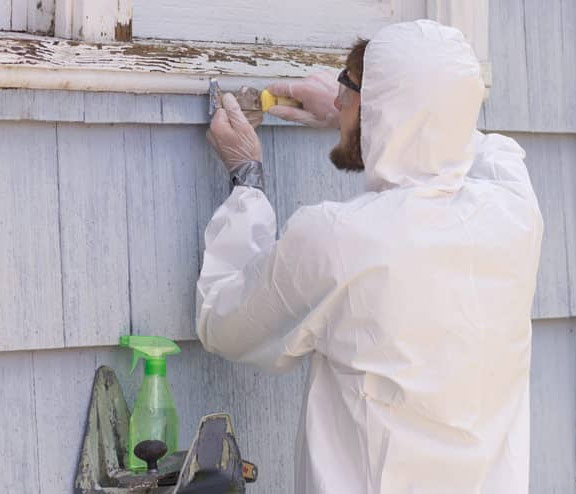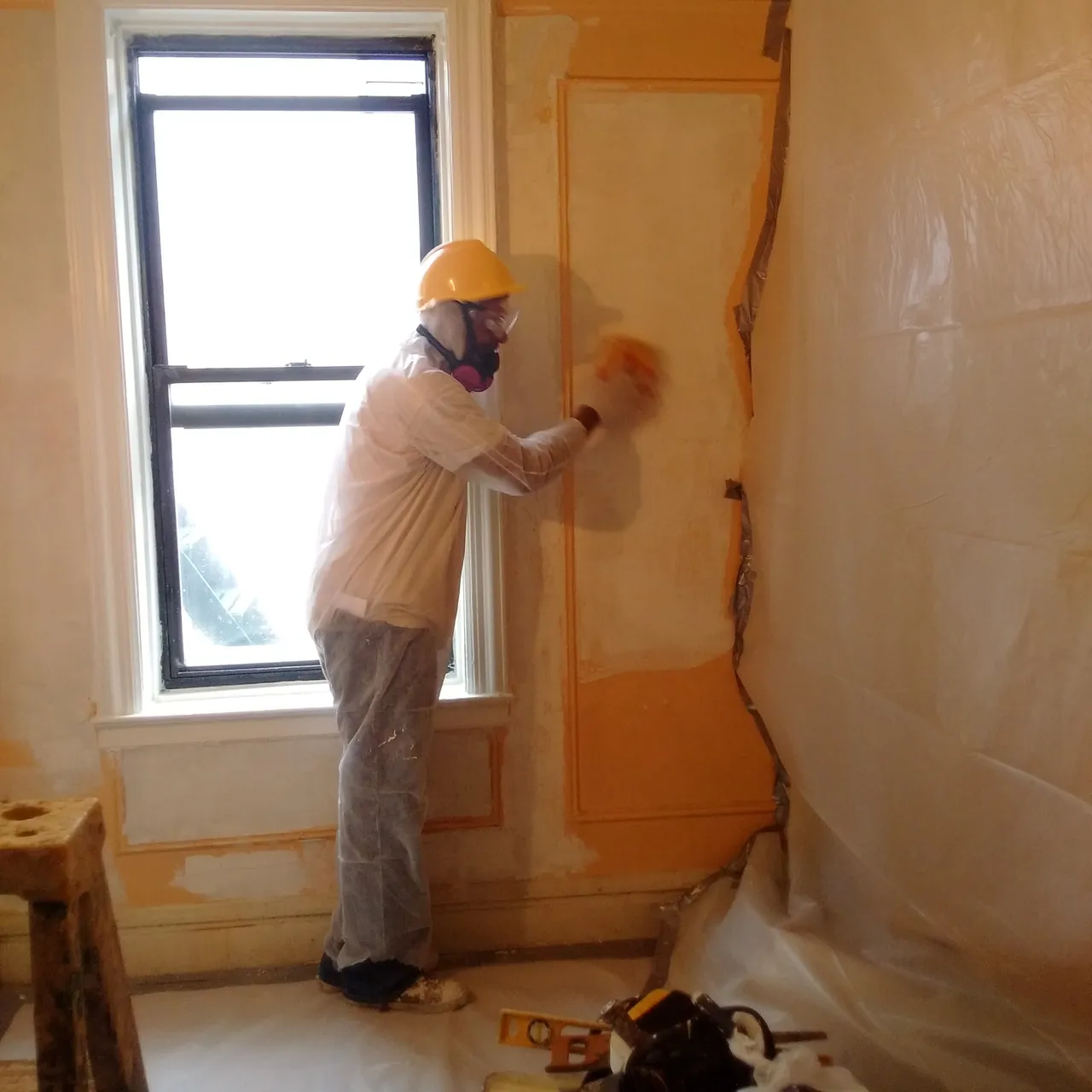Step-by-Step Process for Effective Lead Violation Remediation
Following this, adherence to government and state regulations is extremely important to creating an effective removal plan. The actual removal requires knowledgeable employees to implement these strategies while strictly adhering to security methods. What occurs after the remediation is finished?

Detection and Analysis
Discovery and analysis are important actions in the remediation of lead violations. To guarantee a reliable remediation process, it is necessary to perform a complete evaluation of the setting where potential lead exposure exists.
When detection is achieved, a thorough evaluation needs to be taken on. This consists of examining the extent and seriousness of contamination, in addition to determining populations at danger, especially kids and expecting ladies. Danger assessments typically include tasting and lab evaluation, ecological surveys, and health effect research studies. The gathered data ought to be carefully documented to support the development of an efficient remediation technique (Lead Violation Removal in NYC).
Moreover, it is critical to focus on areas with the highest degrees of contamination and those that posture the best health and wellness risks. Reliable interaction with stakeholders, including homeowner, citizens, and public health officials, is essential for making certain that all events are informed concerning the searchings for and the subsequent steps required for remediation. This initial detection and assessment stage prepares for an effective lead offense remediation procedure.

Legal and Regulative Compliance
Navigating the landscape of lawful and regulatory conformity is an essential facet of effective lead offense removal. Compliance makes sure not only the safety of afflicted populaces but additionally the credibility and legal standing of the organization liable for remediation.
State and neighborhood regulations can vary, usually imposing extra responsibilities or even more strict requirements. A detailed understanding of all appropriate lawful structures is critical. This involves thorough paperwork of all removal tasks to demonstrate compliance. Failure to comply with these laws can cause serious charges, consisting of hefty fines, legal action, and reputational damage.
Involving legal experts focused on ecological legislation can promote navigating these complexities. Normal training and certification for all workers associated with the removal procedure are likewise necessary to make sure adherence to safety and security and regulative criteria. By prioritizing lawful and regulative compliance, organizations can efficiently mitigate risks and accomplish an effective removal end result.
Planning the Remediation
Successfully preparing the removal of lead violations begins with an extensive analysis of the infected website. This initial analysis must include a comprehensive website investigation to determine the degree and focus of lead contamination. Comprehensive sampling and laboratory analysis are critical to create a precise contamination profile. This data-driven strategy ensures that removal initiatives are properly targeted and efficient.
When the contamination is mapped, a risk analysis should be performed to assess potential health dangers to people and the environment. Lead Violation Removal in NYC. This evaluation should consider factors such as recommended you read exposure paths, population vulnerability, and eco-friendly effects. The understandings gathered will create the basis for selecting a proper remediation technique
Ultimately, establishing clear, achievable goals for the remediation task is critical. These goals should straighten with regulative standards and stakeholder expectations to make sure conformity and community approval. Establishing a detailed remediation plan that describes approaches, timelines, and source allotment will help with a structured method to the cleaning procedure.
In addition, it is necessary to involve with stakeholders early and maintain clear communication throughout the planning phase. This consists of notifying regional neighborhoods, obtaining necessary permits, and coordinating with regulatory agencies to make sure all legal and procedural requirements are satisfied. A well-crafted remediation strategy not only deals with the contamination efficiently but additionally develops trust and collaboration amongst all parties entailed.
Performing the Remediation
With a well-structured remediation plan in place, the emphasis shifts to the real execution of the remediation tasks. look at this now This phase involves mobilizing the necessary resources, consisting of knowledgeable personnel, customized tools, and top notch products. Begin by plainly delineating duties and obligations to make sure accountability and seamless coordination amongst staff member.
The initial action in implementation is to safeguard the site. This includes setting up control areas to stop lead dirt and debris from spreading, along with employing air purification systems to preserve air top quality. Next off, wage the elimination of lead-based products. Utilize methods such as damp scratching, chemical removing, or encapsulation, relying on the intensity and location of the contamination. It is vital to stick to safety and security protocols, including making use of individual protective devices (PPE) and appropriate disposal of hazardous materials.
Throughout the remediation procedure, conduct routine assessments and air top quality keeping track of to make sure conformity with governing requirements. Efficient communication with stakeholders, consisting of homeowner and passengers, is important to maintain them notified of progress and any unanticipated advancements. By thoroughly following these steps, the remediation tasks can be carried out efficiently and effectively, ultimately mitigating lead threats.
Post-Remediation Techniques
Post-remediation strategies play an important duty in making certain the lasting success of lead infraction removal initiatives. These strategies incorporate ongoing tracking, maintenance, and neighborhood education to stop future lead direct exposure and guarantee a secure setting.
First, normal monitoring is crucial. This involves periodic testing of the formerly affected locations to make sure that lead degrees remain within safe limits. Residential property owners should develop a routine for these examinations, ideally in collaboration with licensed environmental specialists.

Third, enlightening the area plays a critical function in sustaining the advantages of remediation. Locals and home supervisors need to be informed about the threats of lead exposure and the very best practices for keeping a lead-safe atmosphere. Workshops, informative pamphlets, and area meetings can be reliable devices for disseminating this information.
Verdict
Effective lead infraction remediation needs a detailed, methodical strategy including discovery and evaluation of contamination, adherence to lawful and governing requirements, careful planning, and efficient execution of removal efforts. This systematic procedure underscores the importance of thoroughness our website and alertness in attending to and mitigating lead contamination.